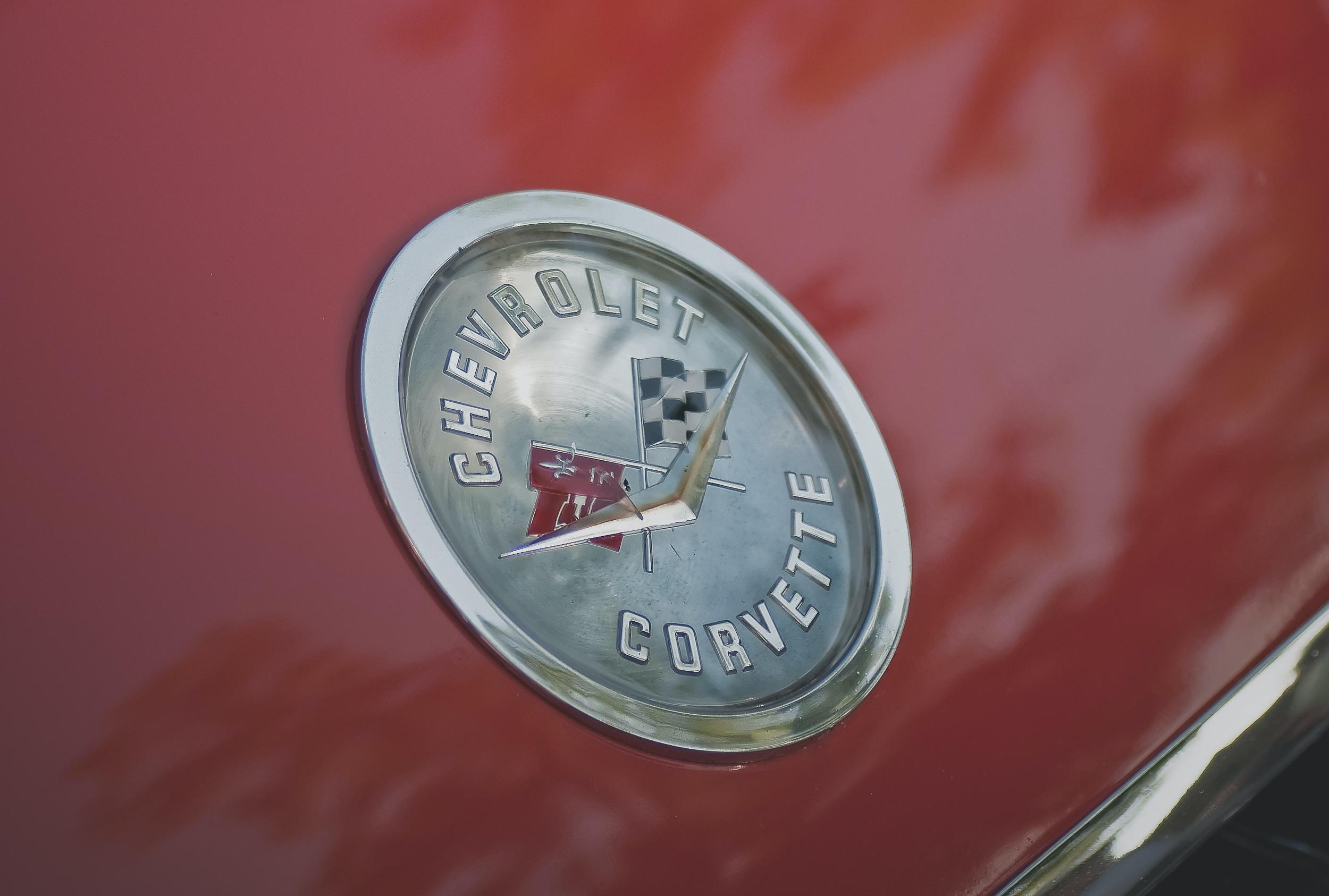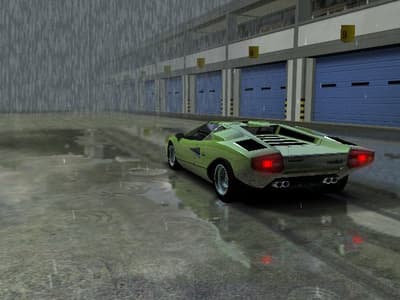For the automotive enthusiast, there’s a joy in finding parallels between two distinct car brands. Sometimes, these parallels spring from direct competition shared designers, or global design trends. The Chevrolet Corvette and Lamborghini are two such brands, with certain models bearing unexpected resemblances. Join us as we delve into the comparisons between select Corvette and Lamborghini models from over the decades.
C1 Corvette & Lamborghini 400 GT
Venturing back to the origins of the Chevrolet Corvette brings us to the C1, introduced in 1953, a car that would become emblematic of American sports cars. Around a decade later, in 1966, Lamborghini introduced the 400 GT, cementing its place in the world of grand tourers.

The C1 Corvette was a breakthrough in American automotive design, with its white-wall tires, dual headlamps, and graceful curves. Its distinct fiberglass body gave it a unique appeal and set it apart in the automotive scene of the 1950s. The Lamborghini 400 GT, on the other hand, represented Lamborghini’s commitment to crafting vehicles that combined luxury with impressive performance. Its design was elegant yet purposeful, with a long hood and a cabin that promised both comfort and luxury.
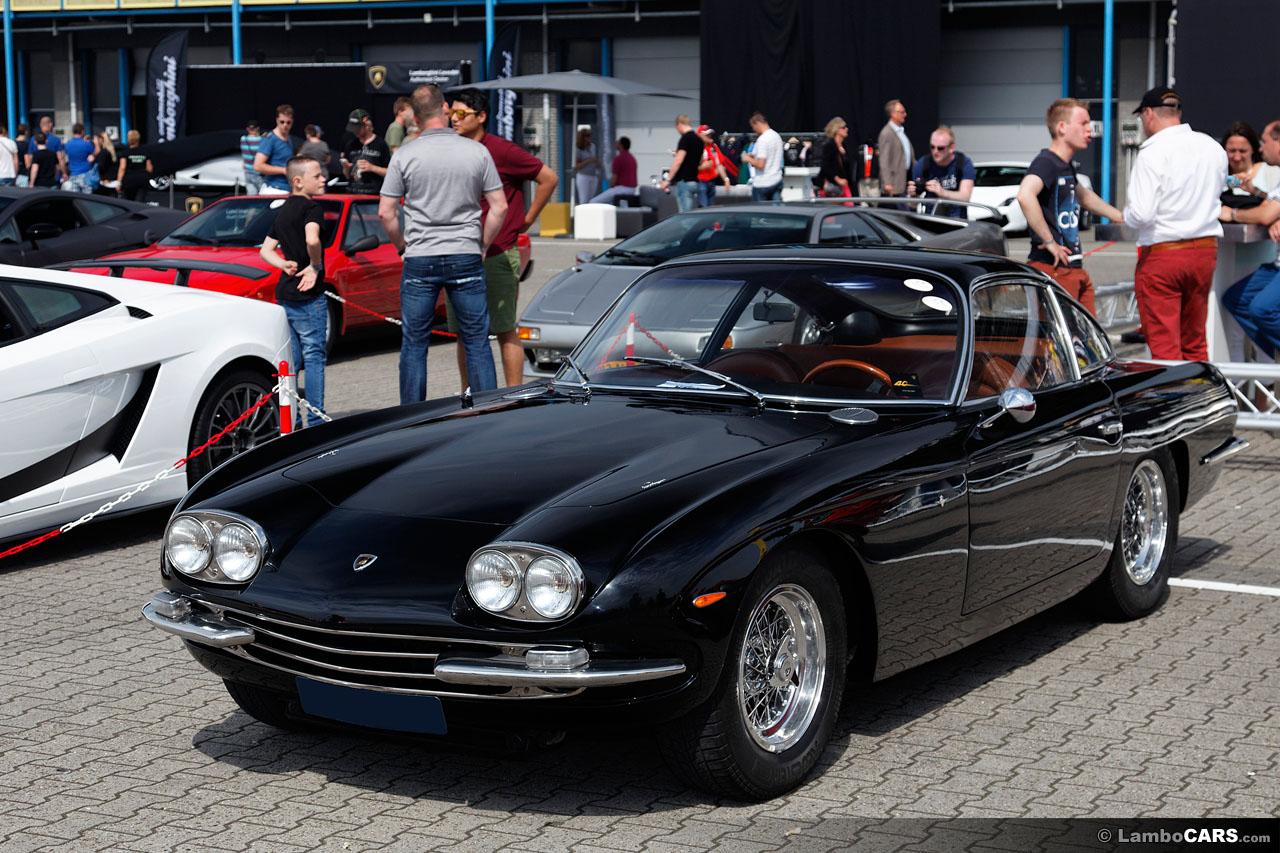
Performance was also a notable aspect of both these vehicles. While the C1 Corvette, especially in its later versions, came equipped with V8 engines producing significant horsepower for its time, the Lamborghini 400 GT showcased a 4.0L V12 engine, reflecting Lamborghini’s ambition to deliver power and elegance in one package. These two vehicles, from different continents and catering to different tastes, embodied the evolving spirit of automotive design and performance in their respective eras.
C2 Corvette & Lamborghini Islero
The C2 Corvette, affectionately dubbed the “Sting Ray,” was introduced in 1963 and showcased a radical departure from the previous generation. It exemplified the evolving 1960s design ethos with its split rear window, sharp lines, and a more aggressive stance. Almost in tandem, Lamborghini, still a nascent brand in the automotive world, introduced the Islero in 1968. This model was intended to be a more practical and refined alternative to its more aggressive counterparts, such as the Miura.
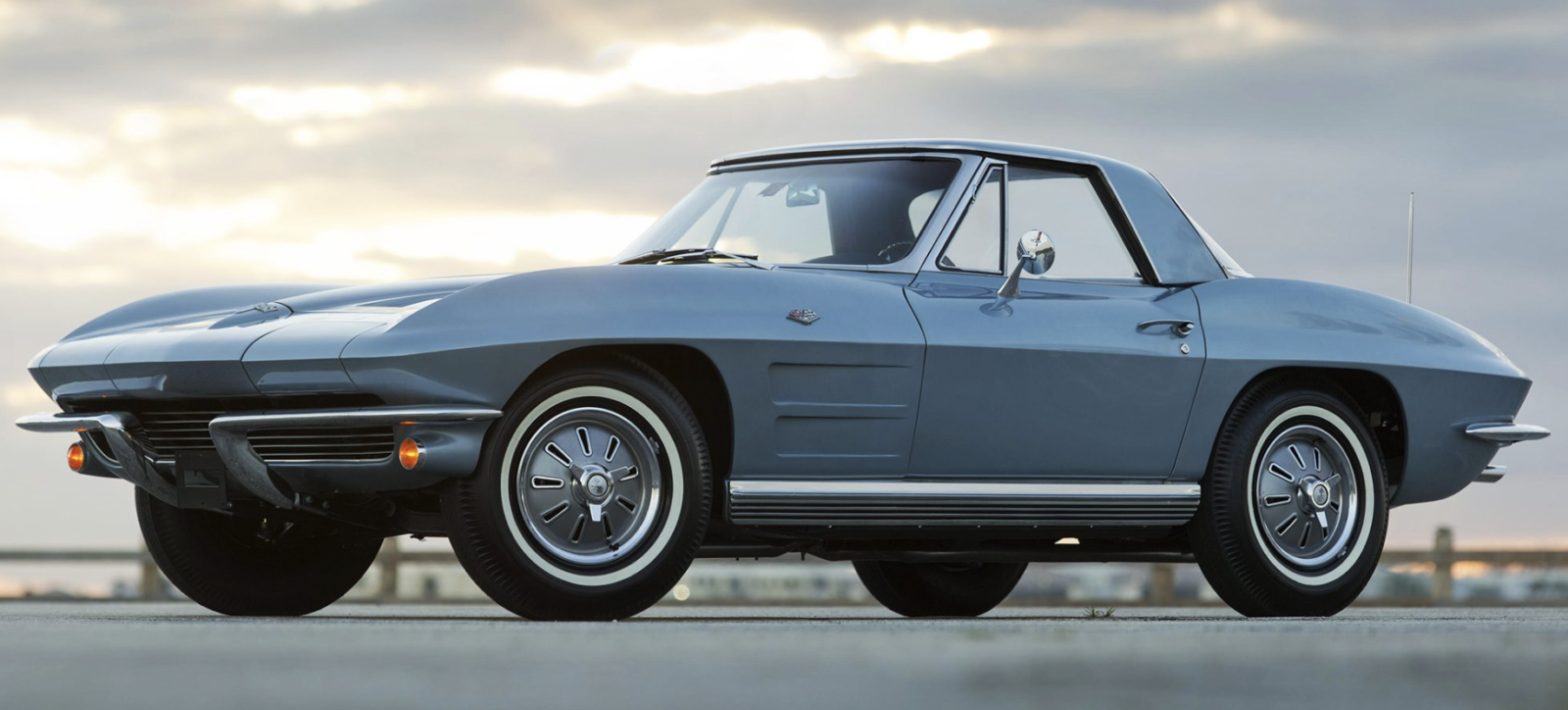
Design-wise, the C2 Corvette was a revelation. Its dramatic bodywork, featuring the iconic Sting Ray shape, side vents, and pop-up headlights, made it instantly recognizable. The Islero, with its more understated design, displayed subtlety without compromising on the classic Italian sports car aesthetic. Its squarish profile, elongated front, and smooth lines were an ode to craftsmanship and luxury.
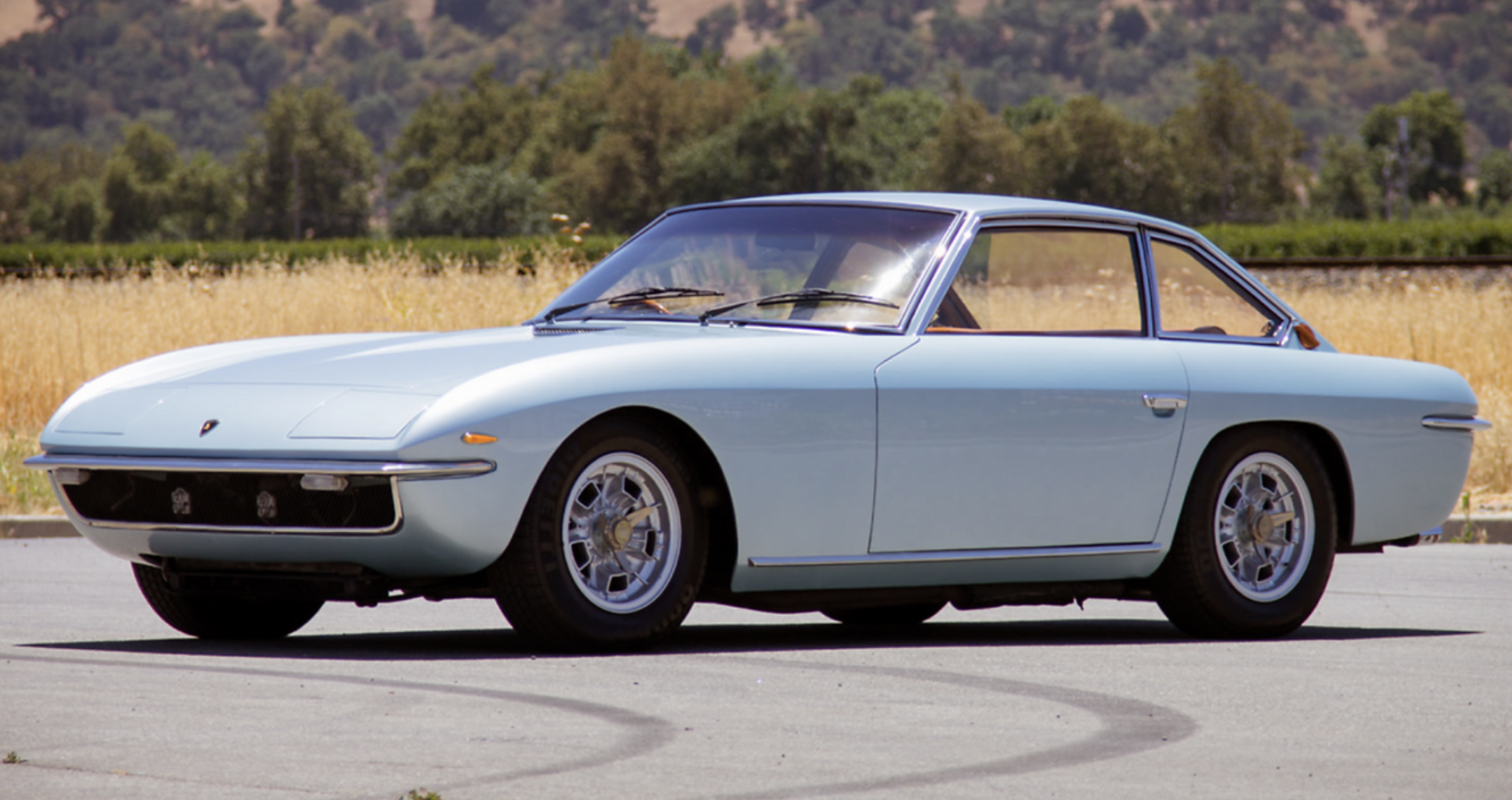
When it came to performance, both cars were no slouches. The C2 Corvette, especially in its big-block configurations, could offer power outputs that were impressive for the era. The Corvette’s roar became synonymous with American muscle. The Lamborghini Islero, housing a 3.9L V12, provided both power and a distinct exhaust note that would become characteristic of the Lamborghini brand.
While both cars hailed from different cultures and design philosophies, they signified the ambitions of their respective brands during the 1960s. The C2 Corvette and the Lamborghini Islero, each in their own right, became symbols of performance, innovation, and design prowess.
C3 Corvette & Lamborghini Miura
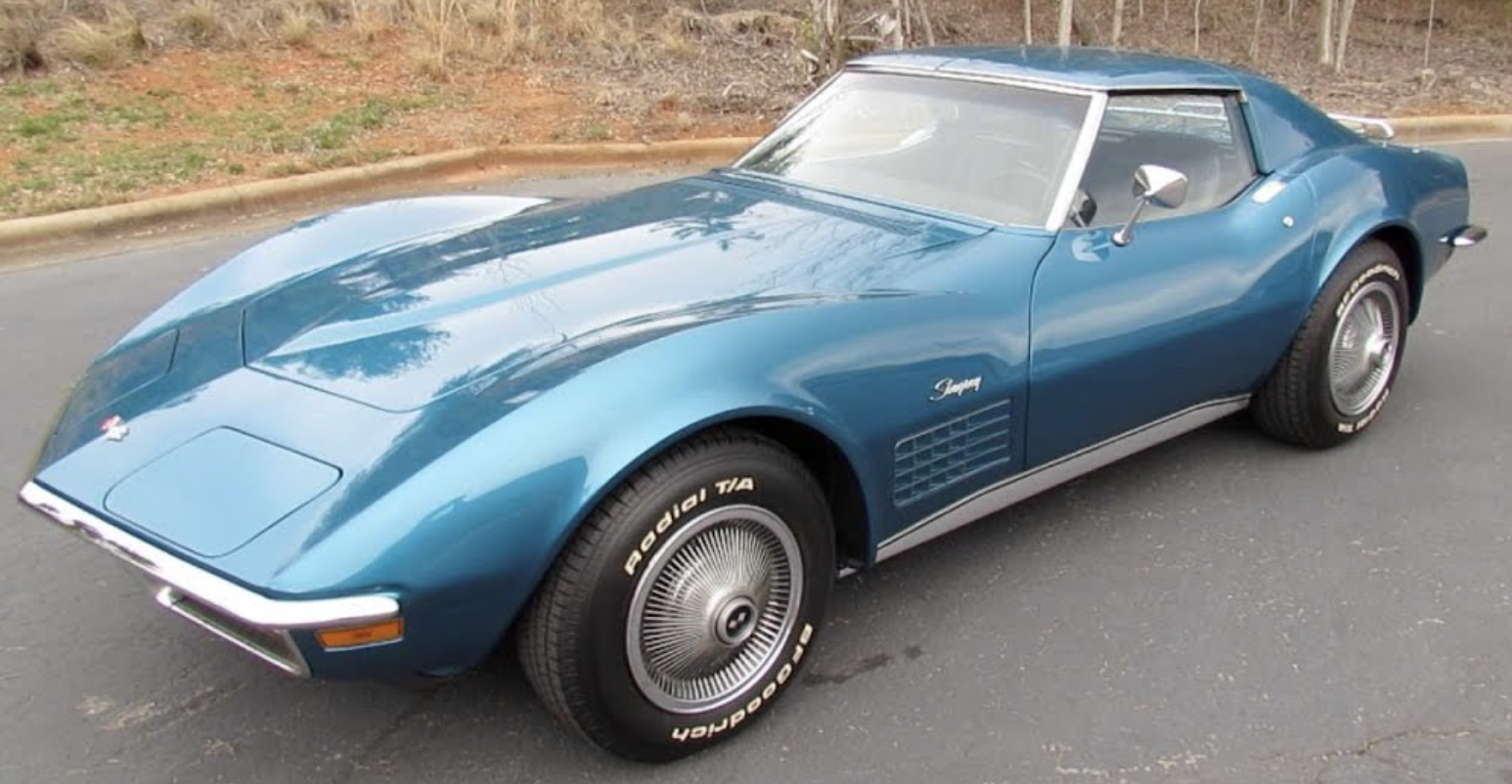
The C3 Corvette and Lamborghini Miura emerged during a period characterized by a celebration of design, both in the automotive world and beyond. The C3 Corvette, with its inception in 1968, marked a striking evolution from its predecessors. The Miura, introduced a tad earlier in 1966, was, in many ways, a manifestation of Lamborghini’s ambition to redefine the grand tourer segment.
In design, the C3 Corvette boasted elongated, sweeping curves that seemed to be borrowed from the world of jet aerodynamics and space-age aspirations. Its distinctively curved fenders and a pronounced, almost shark-like nose evoked a sense of both elegance and speed. Meanwhile, the Lamborghini Miura presented a design that was both revolutionary and iconic. With its forward-leaning stance, pronounced wheel arches, and slats over the rear window, it was a car that appeared both aggressive and graceful in its posture.
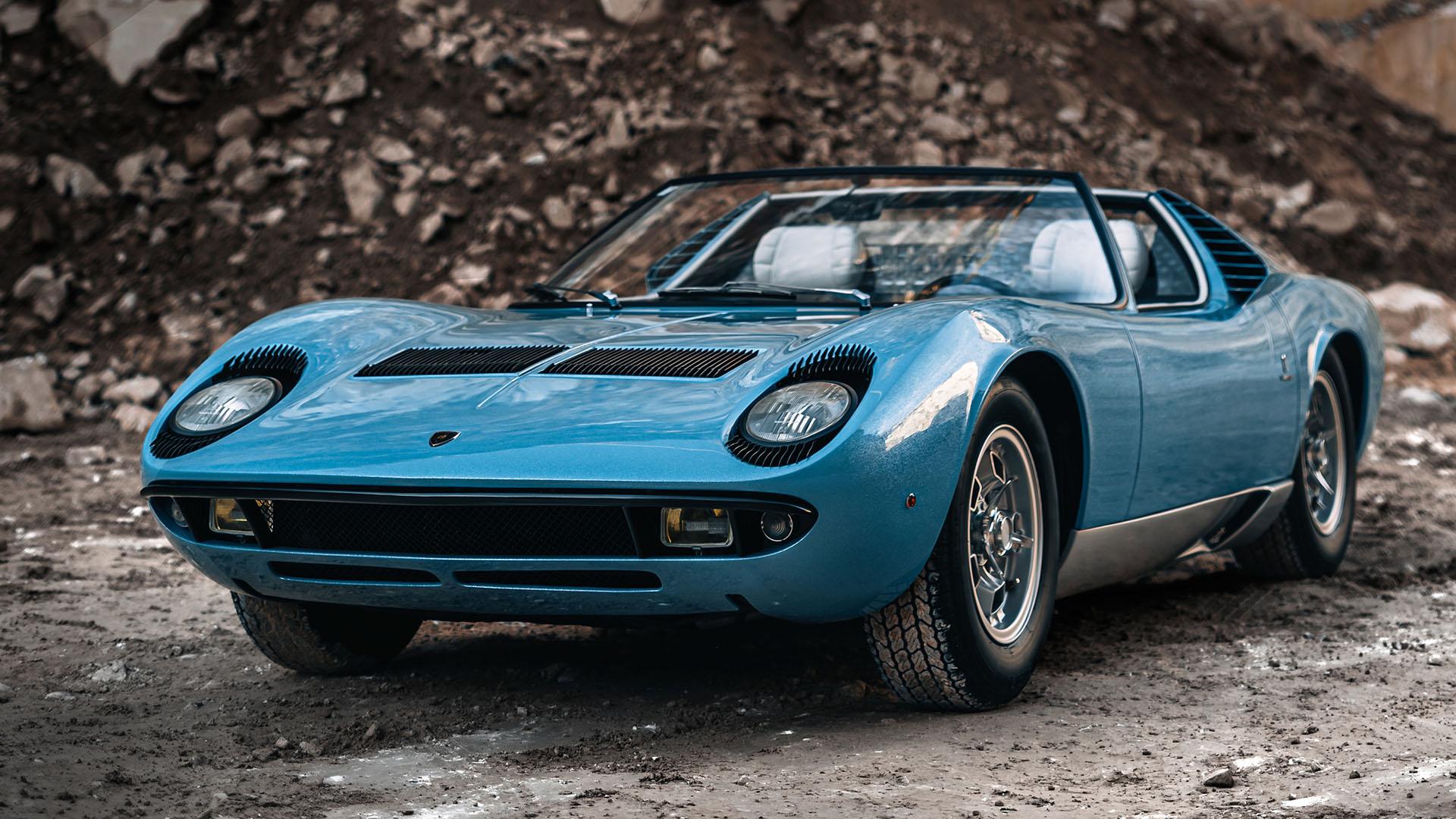
Performance-wise, the Miura, with its pioneering mid-engine design, set a benchmark for supercars. This layout allowed for improved handling and a balanced weight distribution. On the other hand, the C3 Corvette, despite retaining a front-engine layout, was engineered to offer a balanced weight distribution and handling that was ahead of its time. The juxtaposition of these two cars in the same era marked a fascinating period of innovation and exploration in automotive design and mechanics.
C4 Corvette & Lamborghini Diablo
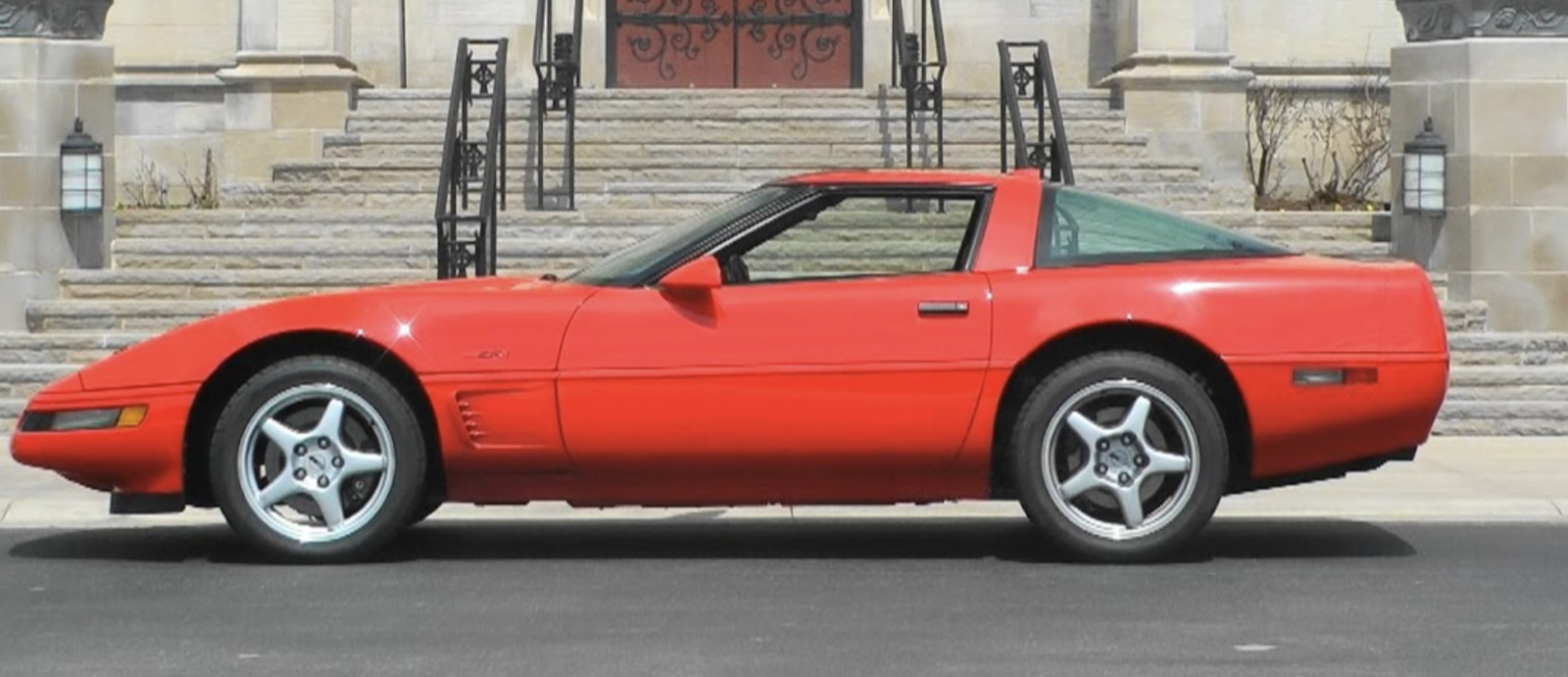
The 1990s ushered in an era of technological advancements and the rise of digital tools in automotive design. The C4 Corvette ZR-1 and Lamborghini Diablo were emblematic of this decade’s spirit. The ZR-1 variant of the C4 Corvette was a testament to Chevrolet’s ambition to produce a world-class sports car. With its wider rear and a more streamlined body, it was a visual departure from the standard C4, signaling its heightened performance capabilities. The Lamborghini Diablo, on the other hand, took the torch from the iconic Countach and ran with it, further amplifying the company’s reputation for producing audacious and aggressive designs.
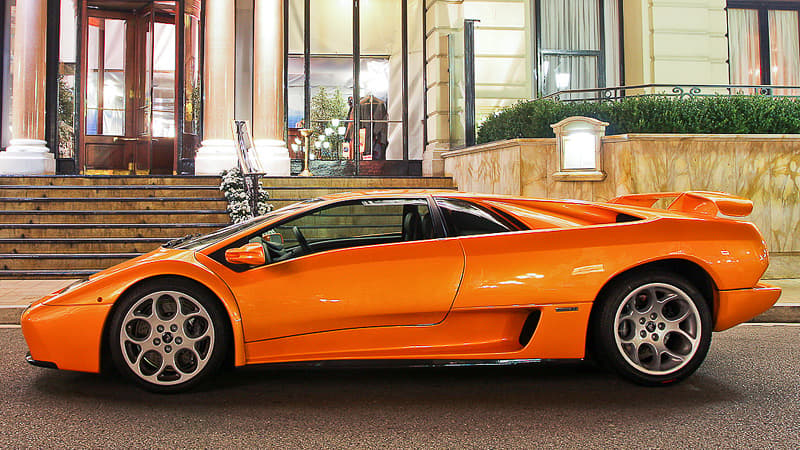
In the realm of specifications and technology, the ZR-1 showcased an LT5 engine, a marvel of its time, developed in collaboration with Lotus. This allowed the car to produce upwards of 375hp, a significant figure for its era. In a parallel universe, the Diablo sported a naturally aspirated V12 engine, an evolution of the Miura and Countach engines, churning out over 490hp. Both cars embraced the electronic revolution, integrating systems that would optimize performance, handling, and driver experience.
C5 Corvette & Lamborghini Murciélago
Moving into the latter part of the 20th century and the early 2000s, the automotive world witnessed the emergence of the C5 Corvette Convertible and the Lamborghini Murciélago Roadster. These two cars, while hailing from different continents and philosophies, embodied a sense of freedom and performance in their convertible avatars.
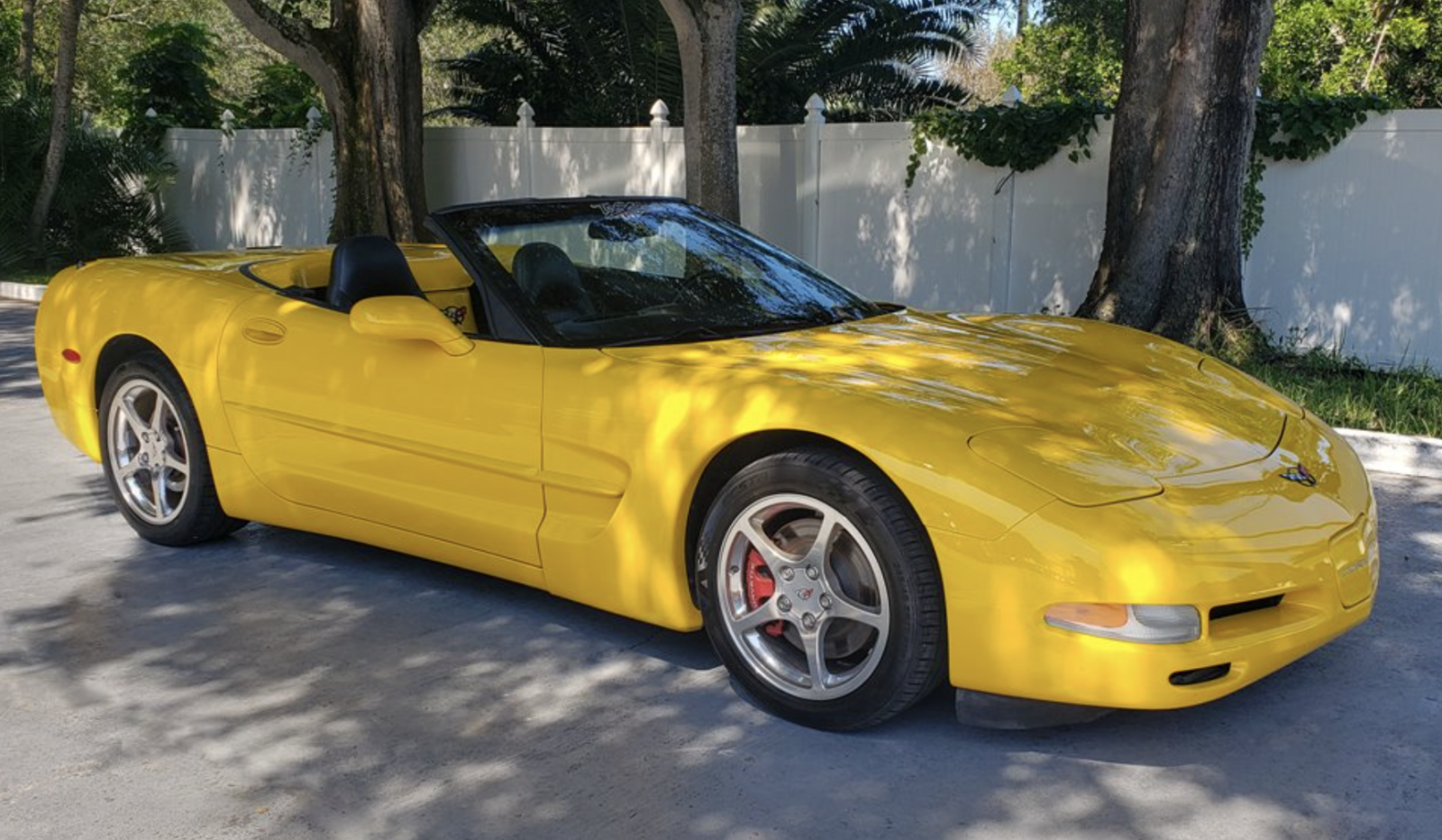
The C5 Corvette Convertible, introduced in the late 1990s, represented the evolution of the Corvette lineage. With its sleek design, improved aerodynamics, and a more refined interior, it beckoned drivers to the open road. The Corvette’s pop-up headlights, a signature feature of the model at the time, added to its distinctive allure. Furthermore, its retractable roof promised an immersive driving experience, blending the thrill of speed with the joy of open-air motoring.
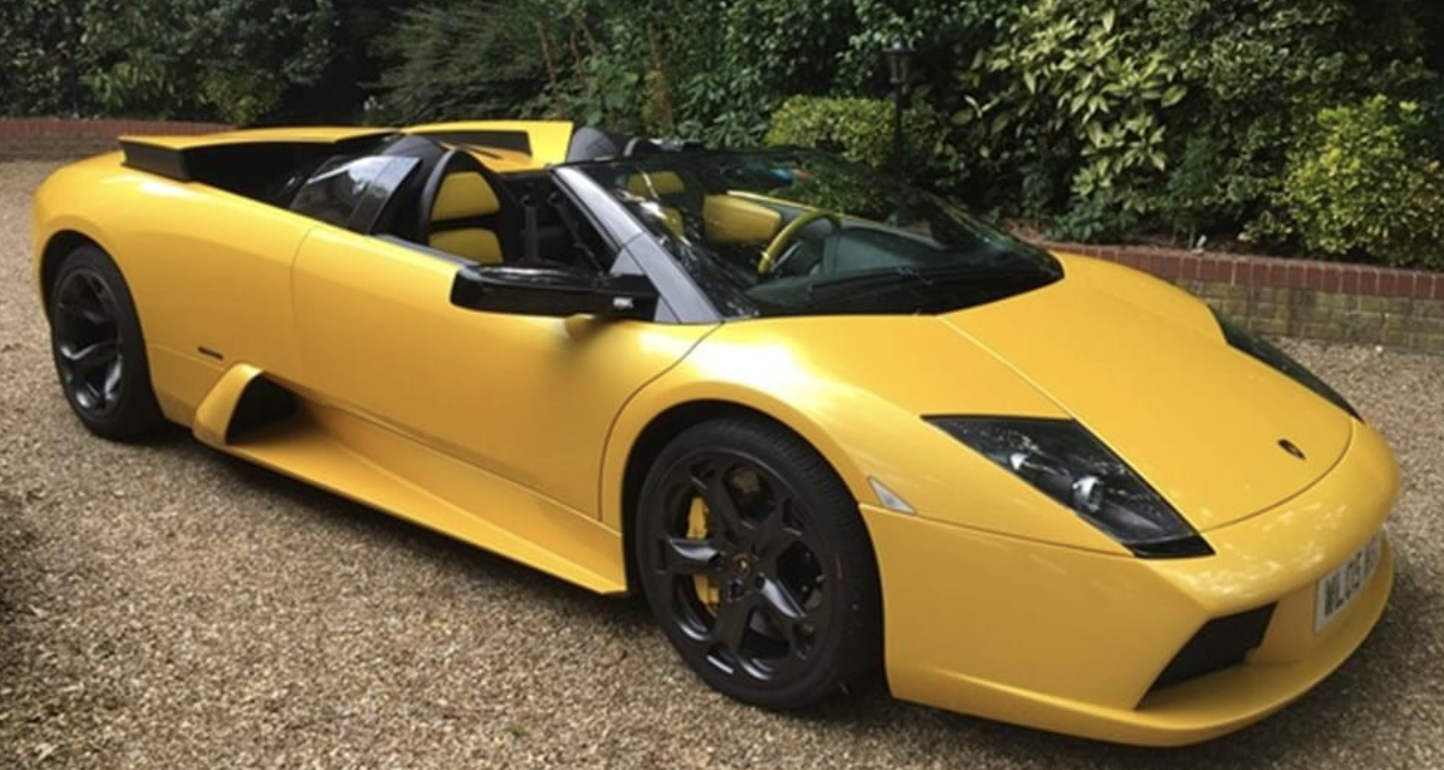
In a parallel timeline, the Lamborghini Murciélago Roadster made its debut in the early 2000s. This car, with its aggressive design, sharp angles, and scissor doors, was the epitome of Italian flamboyance. The Roadster variant of the Murciélago added an additional layer of excitement, allowing drivers to experience the raw power of its V12 engine with the top down. The very act of retracting the roof was a spectacle, and once down, the car’s design lines seemed even more pronounced, making it a head-turner on every road.
Performance was a standout feature for both cars. The C5 Corvette Convertible, with its LS1 V8 engine, provided a potent mix of power and agility. The car’s rear-wheel-drive layout and balanced weight distribution ensured a thrilling driving dynamic, particularly with the roof down. The Murciélago Roadster, with its naturally aspirated V12, offered a staggering output, ensuring that its performance was as breathtaking as its design.
C6 Corvette & Lamborghini Gallardo
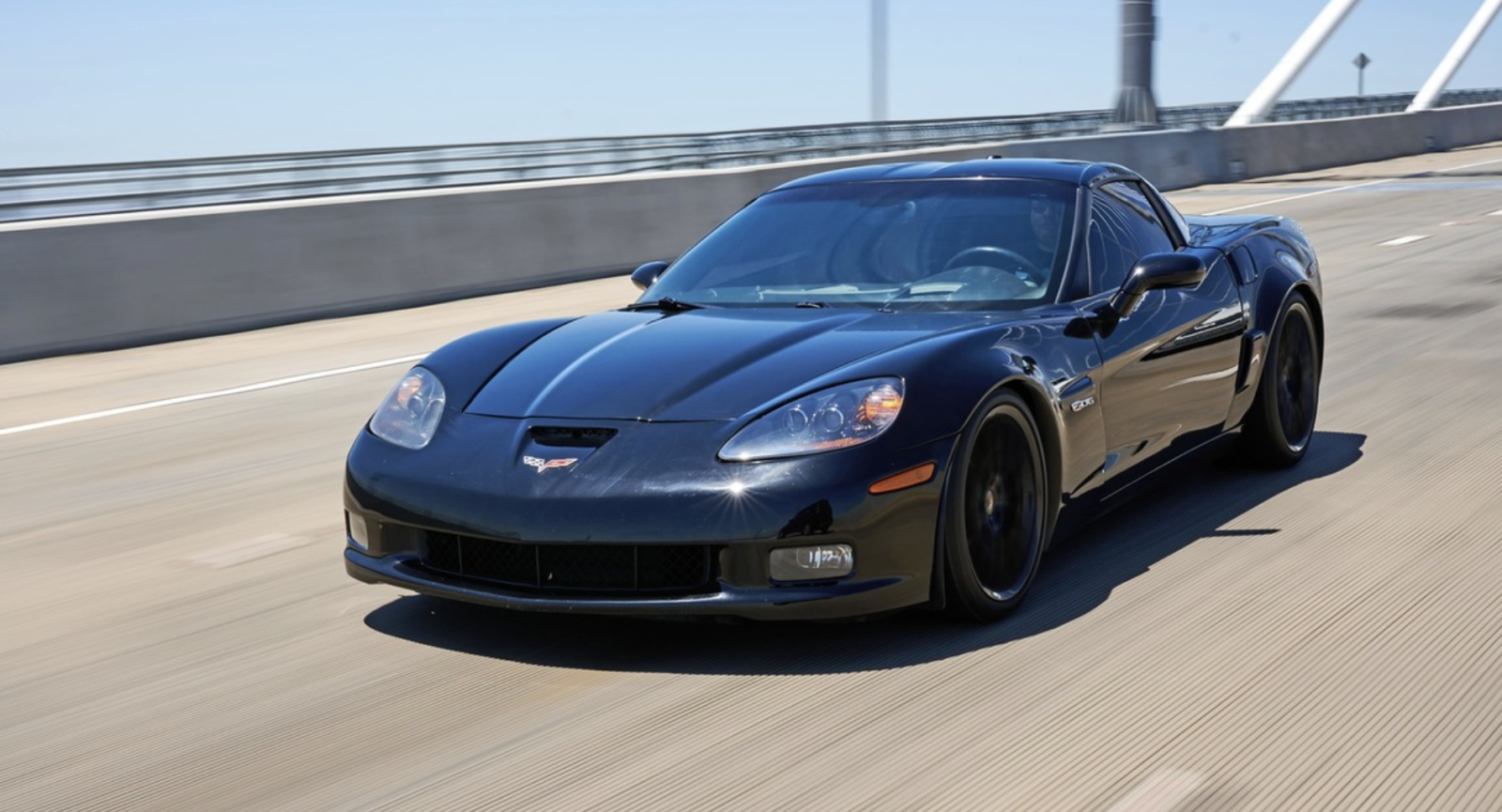
The new millennium brought with it a fresh perspective on design and an emphasis on performance. Both the C6 Corvette and Lamborghini Gallardo were shining examples of this philosophy. The C6 Corvette, introduced in 2005, carried the torch forward from the C5 but brought to the table sharper design elements. The headlights and taillights, in particular, adopted a more angular and geometric design, mirroring the evolving design language of the era.
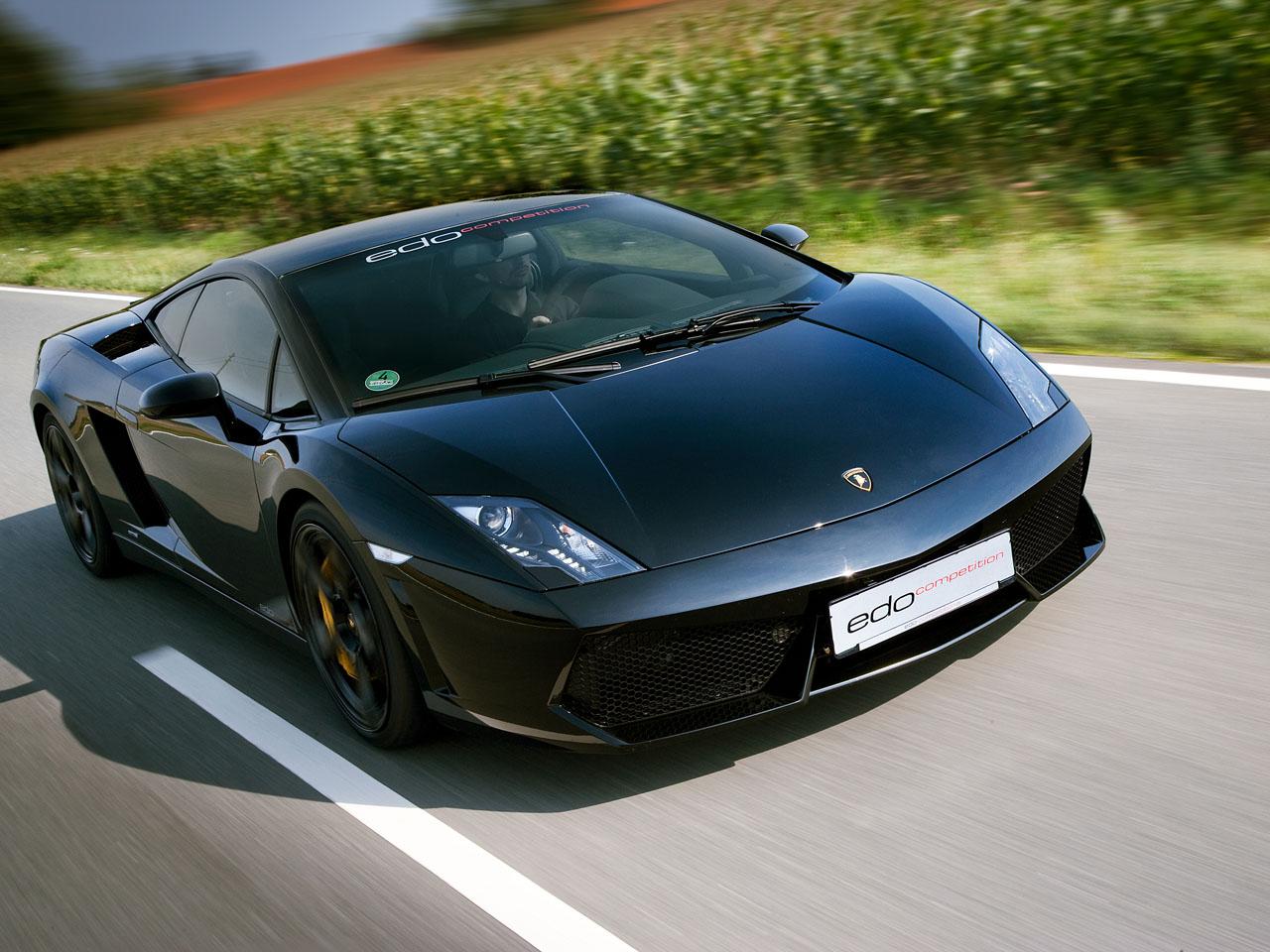
The Lamborghini Gallardo, introduced around the same time, presented itself as a compact, sharp-edged supercar. Its design language emphasized its performance prowess with pointed cues, aggressive vents, and a stance that spoke of speed even when stationary. Performance-wise, the Gallardo came equipped with a V10, a departure from Lamborghini’s usual V12. This engine produced over 500hp, making it a formidable presence on the road. Meanwhile, the C6 Corvette, in its Z06 variant, showcased the raw power of its LS7 V8, which matched the Gallardo with its own 505hp output. The two cars, in their own distinct ways, encapsulated the performance aspirations of their respective brands during the 2000s.
C7 Corvette & Lamborghini Aventador
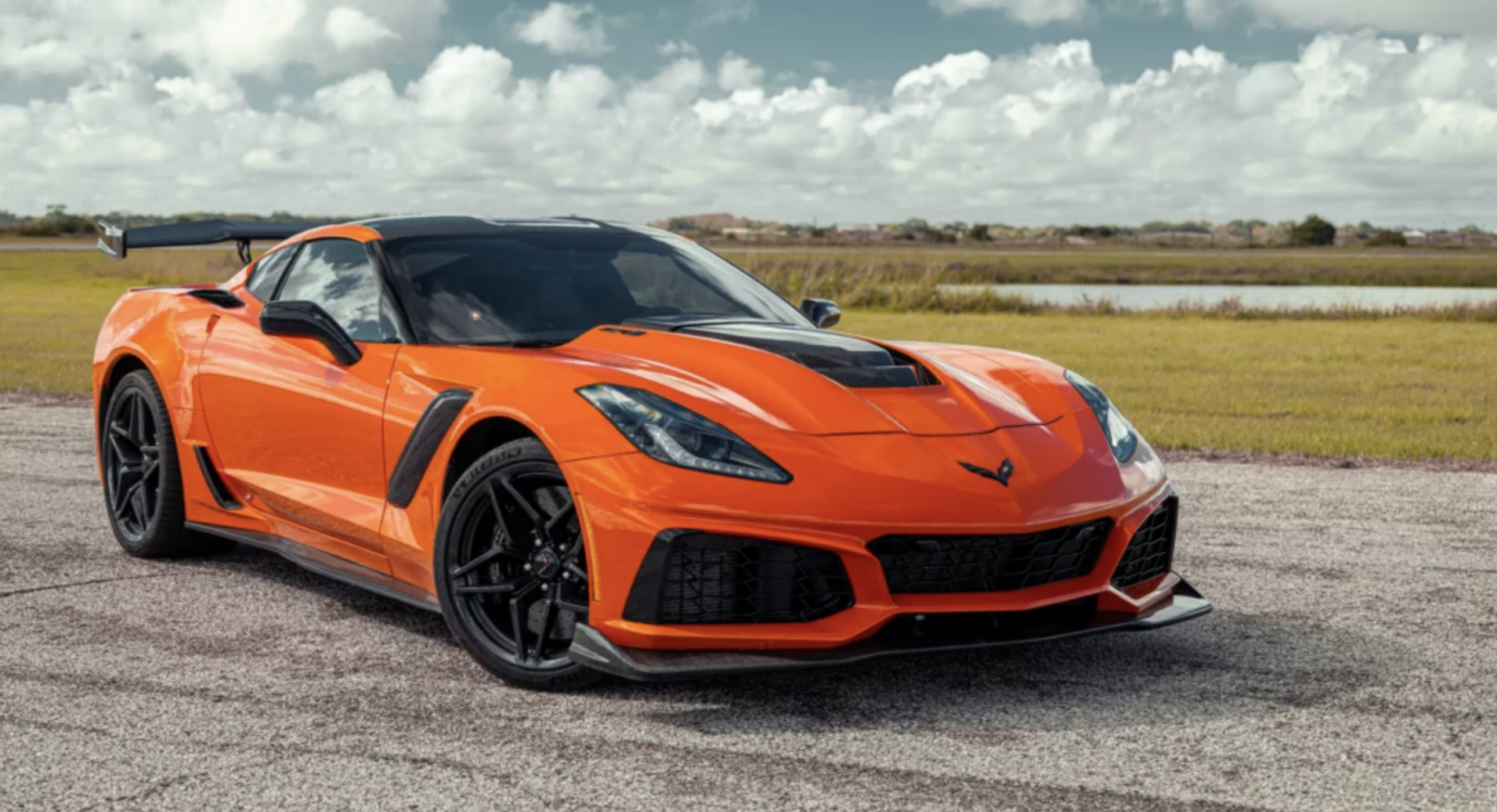
As the automotive industry ventured further into the 2010s, it continued to push the boundaries of design and technology. The C7 Corvette and Lamborghini Aventador were prime examples of this push. The C7 Corvette was a rebirth in many ways. Its design marked a departure from the smoother lines of its predecessors, with aggressive angular vents, sharp creases, and a rear profile that was both futuristic and reminiscent of some classic sports cars.
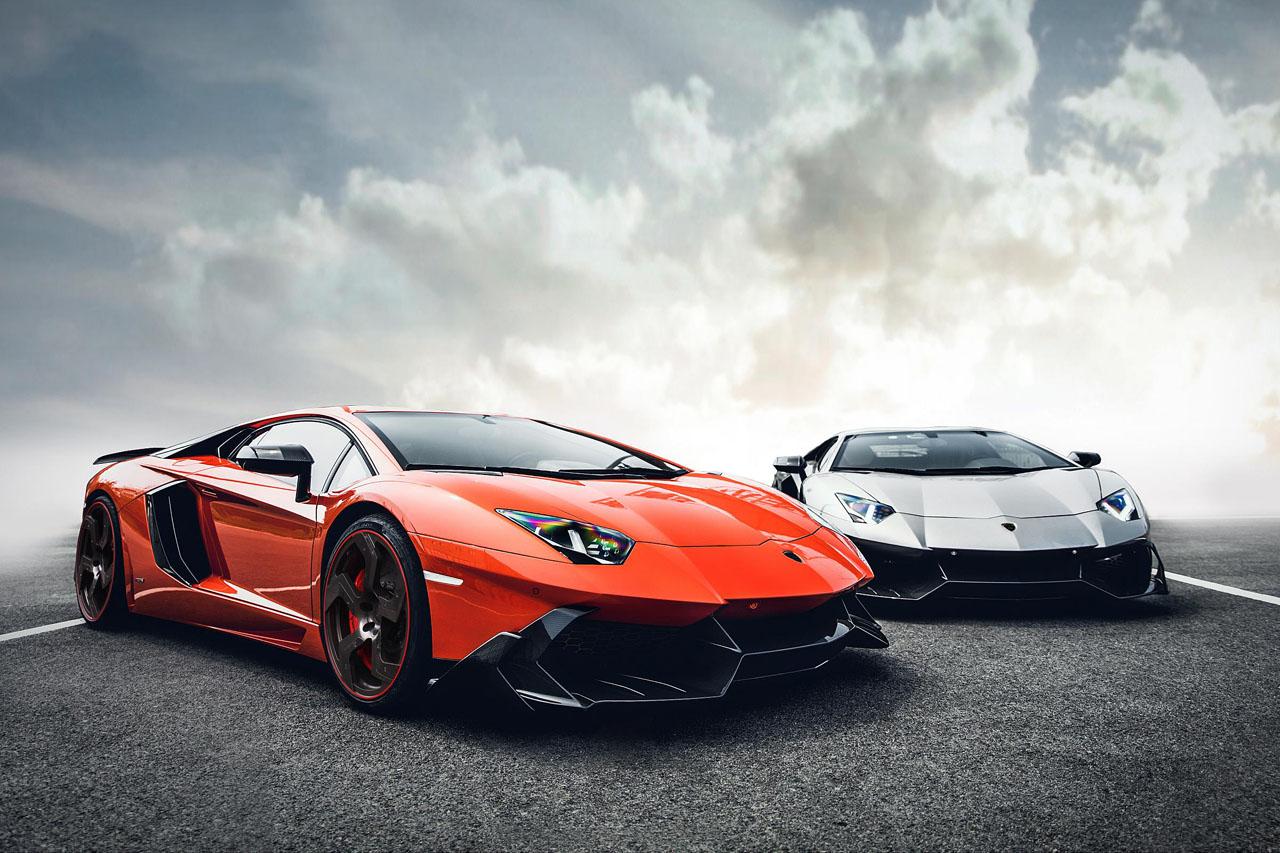
The Lamborghini Aventador, on its part, took inspiration from the world of aerospace and fighter jets. Its wedge-shaped profile, sharp aerodynamic accents, and extensive use of carbon fiber showcased a blend of form and function. Speaking of carbon fiber, both cars leveraged this material extensively. While the Aventador used it in its monocoque structure, the C7 integrated it in various components, underscoring the material’s importance in achieving weight savings and increased rigidity. This focus on materials and aerodynamics highlighted the industry’s ongoing commitment to marrying aesthetics with performance.
C8 Corvette & Lamborghini Huracán
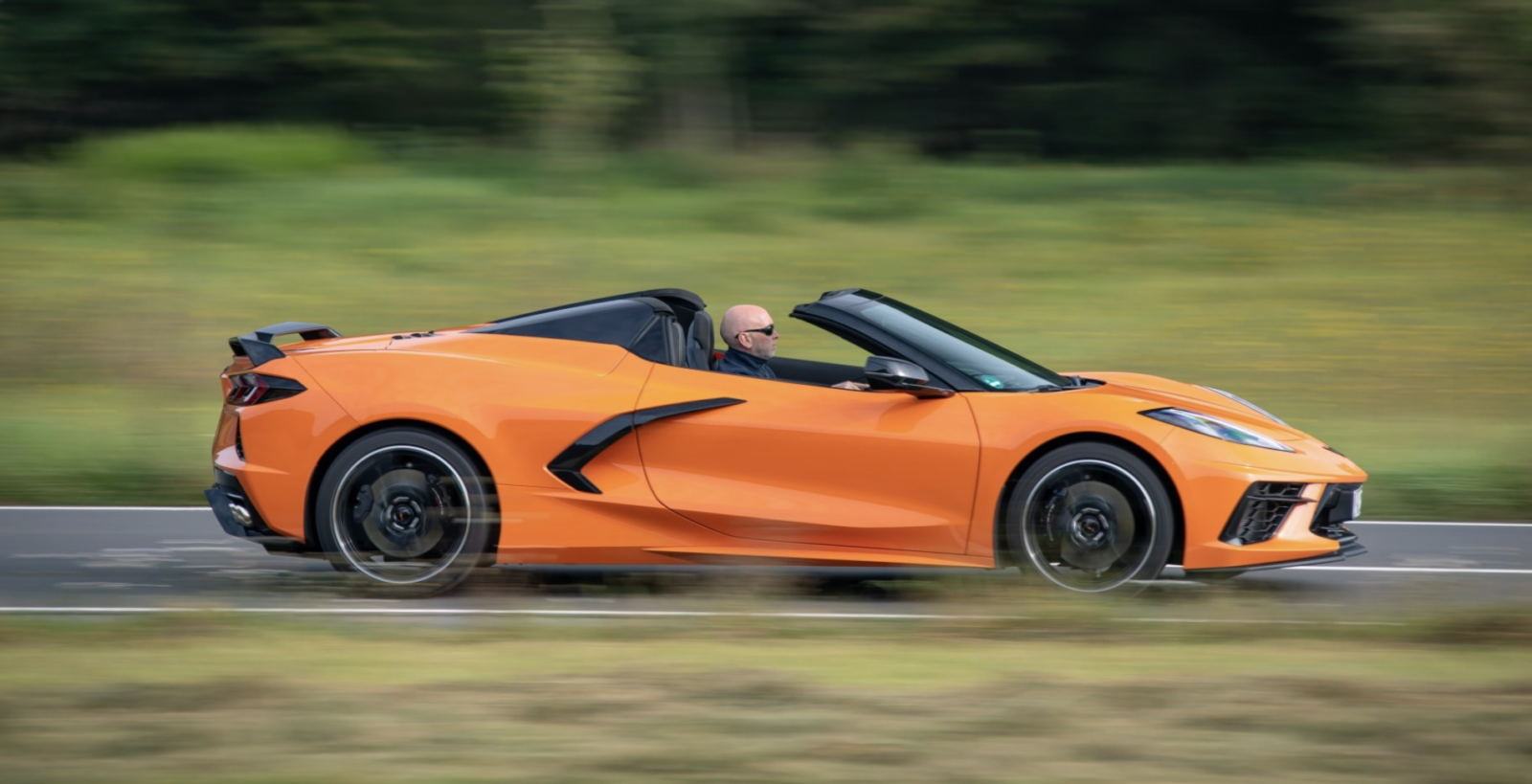
The latest in the lineup, the C8 Corvette and the Lamborghini Huracán are a testament to the ever-evolving nature of the automotive world. The C8 Corvette marked a significant milestone in the Corvette lineage with its shift to a mid-engine design. This not only altered its visual stance but also its performance dynamics, bringing it closer to the world of European supercars.

The Lamborghini Huracán, with its sculpted bodywork, sharp lines, and performance-driven design, represents a continuation of Lamborghini’s commitment to producing cars that are as thrilling to look at as they are to drive. In the performance arena, the Huracán’s V10, producing over 600hp, is a marvel of engineering, promising an exhilarating driving experience. Parallelly, the C8 Corvette’s LT2 V8, with its 495hp output, emphasizes Chevrolet’s commitment to driver engagement and performance. Both cars, with their mid-engine layouts and focus on driver experience, underline the global trend of sports cars that are not just about speed but also about the joy of driving.
Conclusion
While Chevrolet and Lamborghini cater to different market segments and operate with different philosophies, their flagship sports cars often converge in design, performance, and specifications. Whether it’s a nod to global design trends, a reflection of technological advancements, or pure coincidence, these parallels underscore the universal pursuit of automotive excellence. Whether you’re a Corvette enthusiast or a Lamborghini aficionado, there’s no denying the intriguing similarities that bridge these automotive icons.

